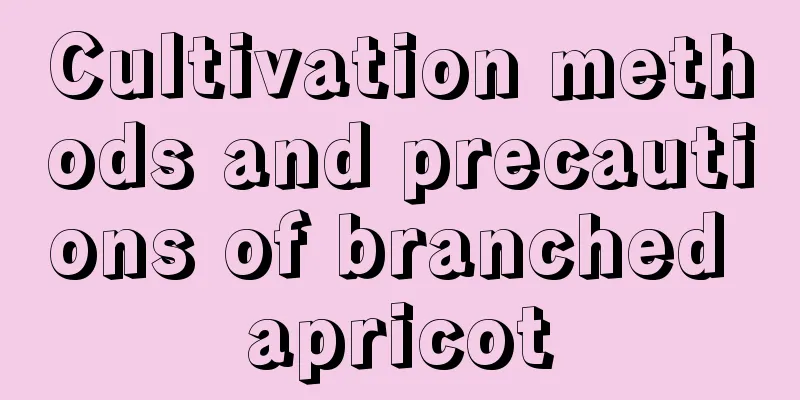Diseases and control methods of Phlox

Brown spot of PhloxsymptomBrown spot disease mainly harms leaves, pedicels and stems. In the early stage of the disease, circular spots will appear on the leaves, gradually expanding outward, and the spots will merge into pieces, causing the leaves to dry up, and long strip-shaped spots will appear on the stems. During the flowering period, the flowers turn yellow and wither, and even a black mold layer appears. Prevention and treatment methodsControl the humidity of the environment, ventilate frequently, and do not water directly from top to bottom when watering to avoid soaking the leaves. Before planting, the soil and flower pots must be thoroughly disinfected, and the roots must be irrigated with methyl thiophanate solution once every half a month to effectively prevent brown spot disease. Phlox white spot diseasesymptomWhite spot disease, also known as leaf spot disease, is a common wilt disease of Phlox. When the disease occurs, water-like spots appear from the bottom to the top of the plant, with a diameter of about 2 to 4 cm. As the bacteria spread, the spots will turn dark brown in the later stages. Prevention and treatment methodsPlants should be pruned in time in autumn, and diseased leaves and plants should be removed. For those that grow weak, appropriate fertilizers can be applied to increase their disease resistance. The maintenance environment should ensure good ventilation and moderate watering, and should not be too dry or too wet. During seedling cultivation, use potassium permanganate solution to irrigate the roots in time for disinfection and sterilization. During the outbreak period, spray Benomyl in time. Phlox virus diseasesymptomViral diseases are mainly spread by insects and sap. When insect infestations occur, wounds appear on the leaves, and in a relatively humid environment, they may be infected with viral diseases. When the disease occurs, the edges of the leaves will turn red and even slowly dry up. It cannot bloom normally, the flowers turn green and become deformed, and the leaves lose their luster. Prevention and treatment methodsRemove diseased plants promptly and disinfect the soil to prevent infection of other plants. Make good preparations for insect prevention, spray pesticides in time and prevent pests. |
<<: Common orchid diseases and their prevention and treatment methods
>>: Common diseases and pests of Yalezhiwu and their control methods
Recommend
Why the Jade Tree has not bloomed, how to promote flowering
1. Under the age of Reason: Jade plant cannot blo...
How long does it take for the cuttings of the weeping begonia to take root?
Rooting time of weeping begonia cuttings Weeping ...
How often should I change the water for my lucky bamboo?
1. Frequency of water changes 1. Rooting period W...
What is the difference between the northeastern yew and the southern yew?
Difference in efficacy Taxus chinensis Southern y...
The mystery of succulent plant leaves becoming smaller
The reason why succulent leaves become smaller - ...
Bean sprout planting time and method planting process and precautions
Bean sprout planting time Bean sprouts can be cul...
What are the methods and precautions for raising little angels?
How to breed little angels Little Angel, also kno...
The difference between wild leek and chives
1. The difference between bulbs The bulb of Alliu...
Where is the willow tree suitable for growing? What are its growth environment and characteristics?
Where do willow trees grow? Willow is suitable fo...
What kind of pot is best for Luo Han bamboo?
Bamboo pot If the bamboo is potted, it is mostly ...
What are the effects of drug-absorbing grass
Viewing function The drug-addicted grass is cold-...
Lotus pictures (introduction to morphological characteristics and maintenance methods)
1. Morphological characteristics 1. Roots: The rh...
Eleven kinds of beautiful flowers should not be placed in the living room
orchid The scent of orchids can cause insomnia. B...
How to grow Zibao flower and precautions How to grow Yuanbao flower
Speaking of succulent plants, many girls still li...
The difference between Prunus mume and Prunus mume
1. Differences in the trunk: Prunus armeniaca is ...









